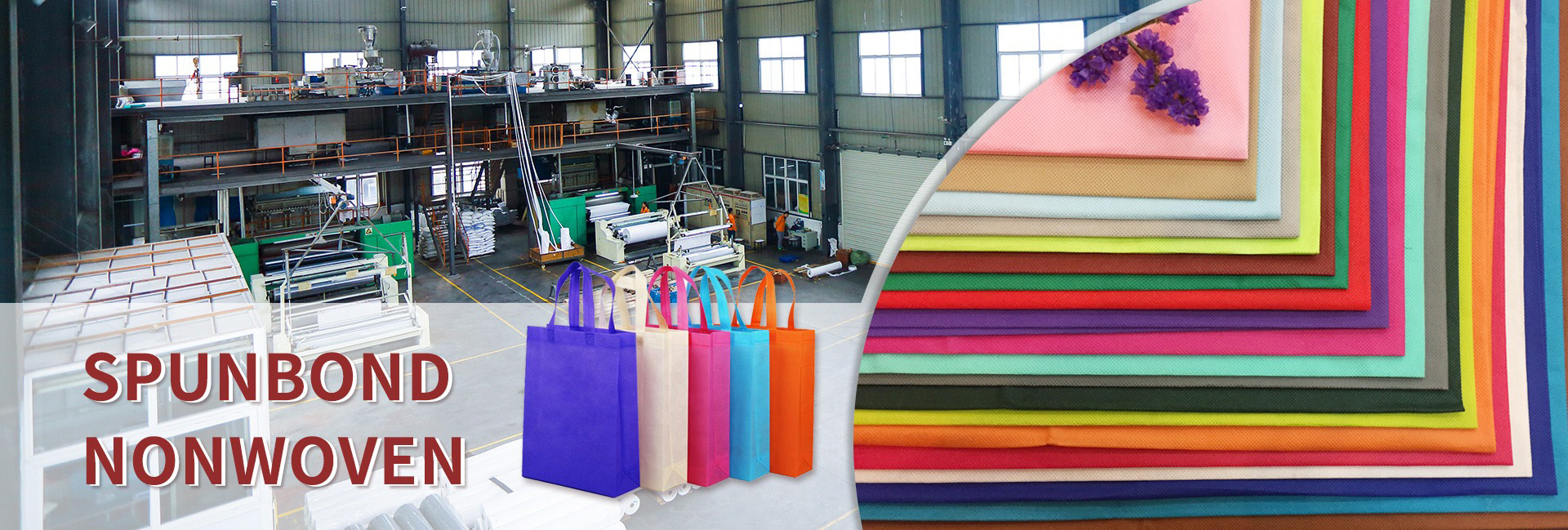What is an inner lining?
Lining, also known as adhesive lining, is mainly used on the collar, cuffs, pockets, waist, hem, and chest of clothing, usually containing a hot melt adhesive coating. According to the different base fabrics, adhesive lining is mainly divided into two types: woven lining and non-woven lining.
What is non-woven interfacing fabric
Process principle: The adhesive used for chemical fibers is formed by high temperature and high pressure. Then the coating machine applies a layer of hot melt adhesive to the surface of the substrate, and then dries it to form our non-woven fabric lining.
Usage: Place the adhesive surface of the lining on the fabric, and then melt the adhesive on the lining by heating the adhesive or iron to achieve the effect of bonding on the fabric.
The characteristics of non-woven fabrics
Thin sheets are formed by fiber mesh processing without traditional textile processing. Its process characteristics mainly include a wide range of raw materials, short process flow, high production efficiency, high output but low cost, and wide product application. In the production process of non-woven fabrics, the raw materials used can range from textile waste flowers, shedding wool, waste silk, plant fibers to organic and inorganic fibers; Various fibers ranging from fine to 0.001d, coarse to tens of dan, short to 5mm, and long to infinite length. The prominent characteristics of non-woven fabric production technology are short process flow, high production efficiency, and its production speed can be 100-2000 times higher than traditional textiles, or even higher. Cheap, soft, but poor washing resistance (temperature resistance below 70 degrees)
What is woven interfacing fabric
The base fabric with woven lining is divided into woven or knitted fabric, also known as knitted plain weave fabric and knitted fabric. This type of fabric is divided into two types: two types of knitted lining, two side elastic knitted lining, and four side elastic knitted lining. The width of the lining is usually 110cm and 150cm.
The weaving lining now uses PA coating, and in the old market, it is usually powder glue. Its characteristics are a large amount of glue, simple production process, and the disadvantage is that a large amount of glue is prone to glue leakage. Now it has been eliminated. The most advanced technology is the base free double point process, which has the characteristics of easy control of adhesive amount, strong adhesion, and special treatment such as water washing. It is now used by most manufacturers.
The characteristics of woven fabrics
With the development of filament deformation processing technology, various synthetic filaments can be processed through various types of deformation methods to produce yarn like filaments similar to natural fibers. This eliminates the traditional spinning method of natural fibers, significantly reduces production costs, and opens up a new path for the widespread use of filaments. Among them, polyester filament can be processed into deformed processing silk to produce low elasticity woolen like products with good fluffiness and strong woolen texture (according to the requirements of wearing comfort, the products should have 12-18% elasticity).High strength, good elasticity, and water resistance.
The difference between woven and non-woven fabrics
Different materials and processes
Woven fabrics are fabrics, fabrics, cotton fabrics, and fabrics made from cotton, linen, and cotton type chemical short fibers after spinning. It is made up of interwoven and woven yarns one by one. Non woven fabric is a type of fabric formed without the need for spinning and weaving. It is formed by directly using methods such as adhesive, hot melt, and mechanical entanglement to orient or randomly support textile short fibers or long filaments, forming a fiber network structure that cannot extract individual threads.
Quality difference
Spun fabric (fabric): sturdy and durable, can be washed multiple times. Non woven fabric: The manufacturing process is relatively simple, the cost is low, and it cannot be washed multiple times. 3. Different uses: Spinning fabrics can be used to make clothes, hats, rags, screens, curtains, mops, tents, promotional banners, cloth bags for storing things, shoes, ancient books, art papers, fans, towels, clothing cabinets, ropes, sails, raincoats, decorations, national flags, etc. according to different materials. Non woven fabrics are commonly used in industry, such as filter materials, insulation materials, cement packaging bags, geotextiles, wrapping fabrics, etc.: medical and health fabrics, home decoration fabrics, space cotton, insulation and sound insulation materials, oil suction felt, smoke filter nozzles, tea bags, etc
Post time: Feb-20-2024

